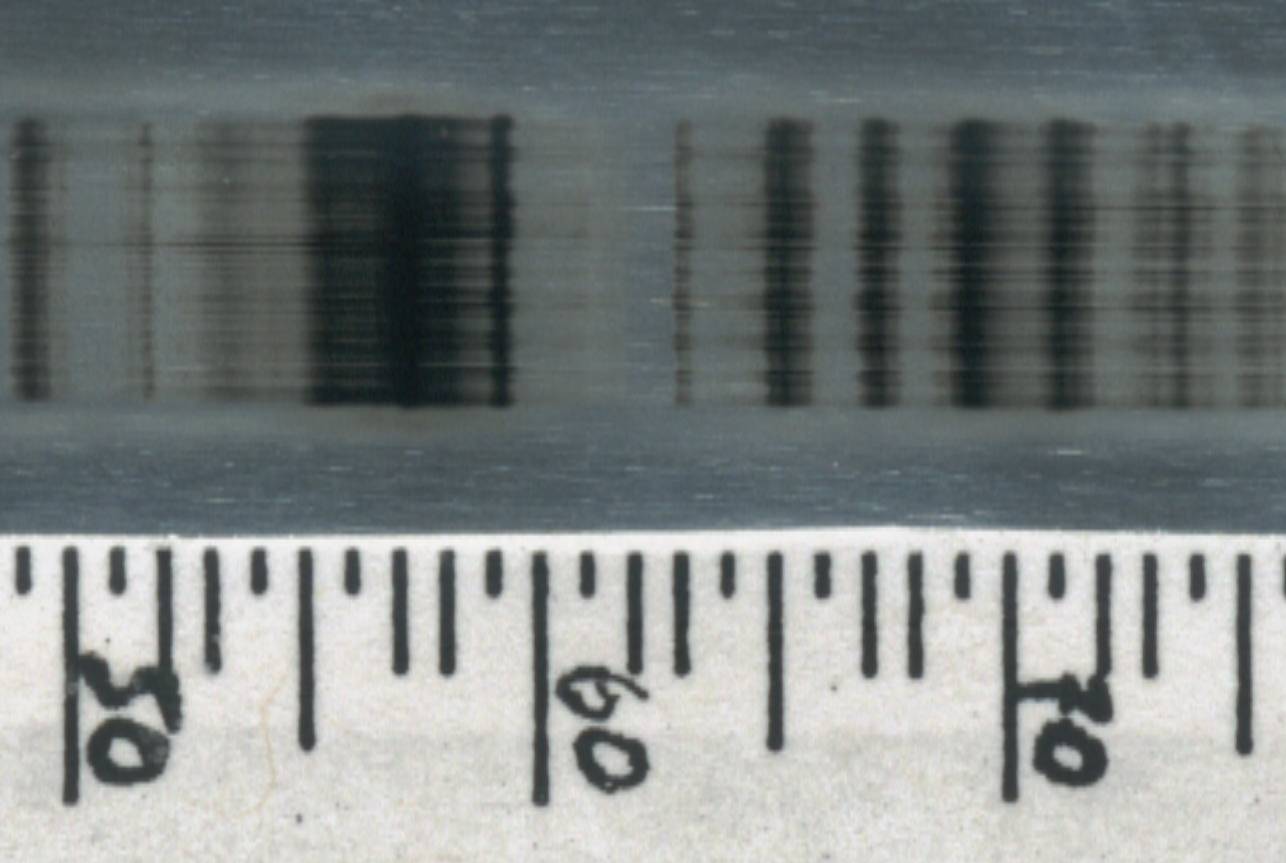
KELLY GROUP TECHNIQUES
LDI TOF MS of Environmental Samples
A custom built time-of-flight mass spectrometer in linear mode is used to obtain laser desorption ionization mass spectra. A sample attached to a positioner sample probe is introduced into the source region through a fast pump-down insertion chamber. The insertion chamber was added to the MS system in 2002 to enable an automated analysis of a 6 week sample strip. A detailed description of the instrument was reported in (Allen et al. 1996; Bezabeh et al. 1997). Pulsed 266 nm radiation is used to desorb and ionize the collected aerosol. In postive mode, most PAH and organic ions come off as molecular ions, and in negative mode, the ions consist of fragments due to the use of higher laser power and different ionization processes than in positive mode.
More about Laser Desorption Ionization Time-of-flight Mass Spectrometry
Aerosol Sampling
Most of our environmental samples analyzed in the Mass Spectrometer are atmospheric particulate matter. We sample this material using a quartz filter or some form of impactor on aluminum strips. We have recently rebuilt the MS system to enable insertion of very highly time resolved aerosol sample a drum impactor. The UC Davis DELTA-DRUM (Davis Rotating-drum Universal-size-cut Monitoring) Sampler was designed by Raabe et al,1988, and combines the advantages of rotating drums (stages) for time resolution, slotted jets on each stage that provide both size fractionation and laterally uniform deposits, and low pressure for submicron-sized particle collection. The DRUM comes in two types which separates the particles into either three or eight size ranges based on their aerodynamic diameter. For the three stage DRUM, the size ranges are 2.5 – 1.15 µm, 1.15 – 0.34 µm, 0.34 – 0.07 µm, and for the eight stage DRUM these size ranges are as follows; 10.0 – 5.0, 5.0 – 2.5, 2.5 – 1.1, 1.1 – 0.75, 0.75 – 0.56, 0.56 – 0.34, 0.34 – 0.26, 0.26 – 0.09 µm. The samplers run at constant flow of 23 L and 10 L, respectively, by a regular vacuum pump. The drums rotate 4 mm per day which gives a maximum of 42 days of sampling. The collection strip is about 17 x 1 cm long. Usually the samples are collected on aluminium and or coated mylar.
Below is a picture of 6 week long 3-DRUM sample for the stages that give the particle sizes 2.5 - 1.1 µm and 0.26 - 0.09 µm Da. the sample is from Sofienberg Park in Oslo Norway and one can actually see the aerosol concentration varying temporally and by size (stage).
Stage 3: PM 2.5 - 1.1 µm Da

Stage 8: PM 0.26 - 0.09 µm Da

PM 2.5 - 1.1 µm Da: A closer Look...

We are using resonance Raman laser spectroscopy in the investigation of fundamental properties of hydrocarbon radicals. The goal of our experiments is to examine the properties of molecular electronic states; that is: excited state potential functions, photodissociation pathways, and ground state geometry and anharmonicity.
Resonance Raman Spectroscopy has been used to examine the methyl, ethyl, allyl, 1-methylallyl, 2-methylallyl, and 2-chloroallyl radicals. Free radicals are a class of molecules that are both most interesting and most elusive. These species are of interest because of their central role in combustion kinetics, polymerization reactions, molecular astrophysics, and theoretical chemistry. However, these species are among the most reactive species known and thus the most difficult to study. Small gas phase organic free radicals are produced by laser photolysis and probed by time resolved resonance Raman spectroscopy. The observed frequencies yield the ground state vibrational structure of the radical. Analysis of the intensity pattern can give the excited state vibrational structure and excited state dynamics. The variation of the signal intensity with delay time provides the rate of reaction for the radical with a buffer gas of interest. The impact of this work varies from engineering studies of flame diagnostics to the examination of fundamental chemical structure and bonding. Future work on this project involves the examination of methylene radical and extension of the resonance Raman method into the vacuum ultraviolet region of the spectrum to examine higher lying electronic states.